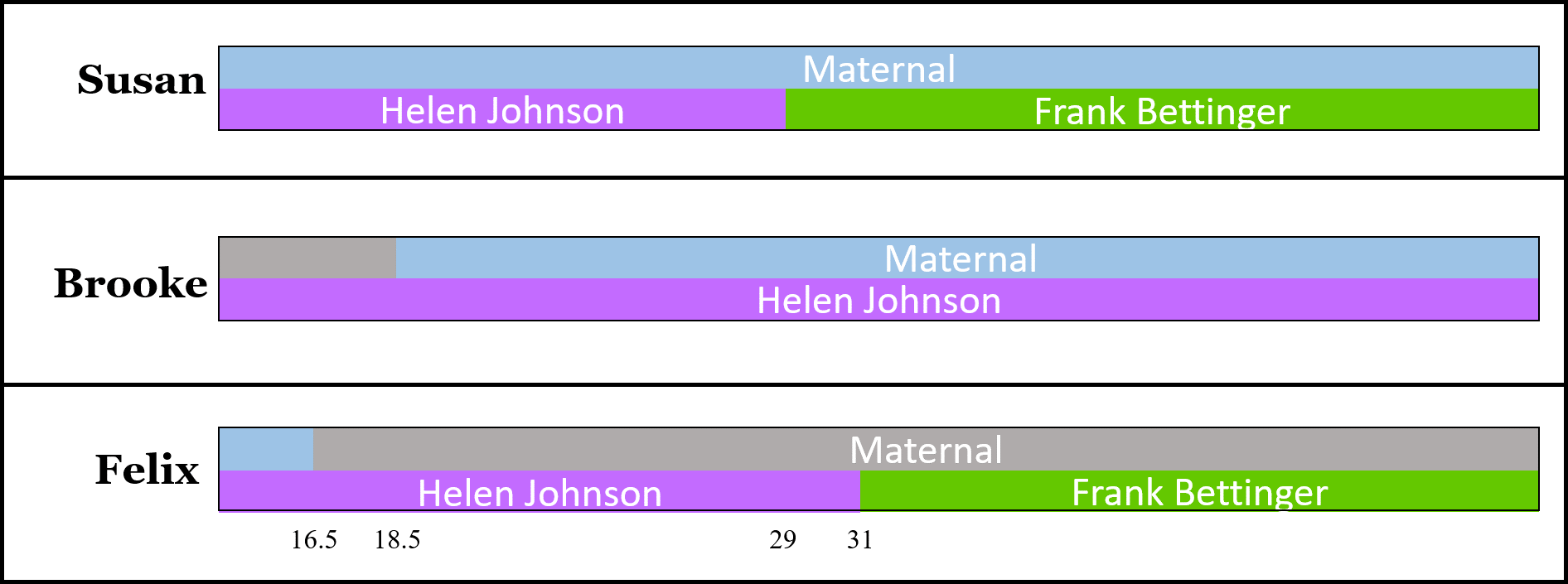The Effect of Phasing on Reducing False Distant Matches (Or, Phasing a Parent Using GEDmatch)
Genealogical autosomal DNA evidence relies on segments of DNA shared between two or more individuals. When they are true matching segments, they provide information about shared ancestry. One problem that genealogists are currently facing is the inability to decipher between “real” or “true” matching segments and “false” segments.
I won’t get too much into all the different terminology of “real” versus “false” here, because it isn’t important and takes away from the more important discussion. Genealogists, like patent attorneys, can be their own lexicographer, just so long as they are understood by the reader by providing a good definition. So here are my definitions for this post (and I typically use these elsewhere):

 Short Summary: Before the end of the year,
Short Summary: Before the end of the year,